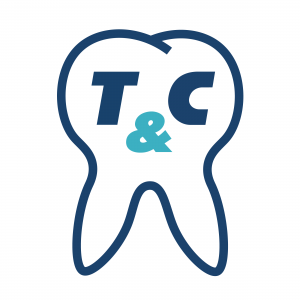This blog page has tried diligently to advocate for oral health and the prevention of dental cavities. This post will reiterate again why good hygiene is important even during the younger years.
A Turner Tooth is an enamel defect, a type of hypoplasia, on the outside of the tooth that results from either inflammation(caused by cavities) or injury to the primary (baby) tooth above the permanent tooth. As you can see below, the loss of enamel results in discoloration and the potential for misshaped teeth.

These defects can be white, yellow, brown, and can be anywhere on the crown of the tooth. Most commonly, the changes are seen in the permanent bicuspids after carious breakdown(cavities) of primary molars. If the defect is seen in the incisor region, the cause was typically from injury or trauma to the primary incisors1.
Usually, and hopefully, only one tooth is affected. Early detection is important to prevent further disfigurement of the tooth2.
The potential for a Turner Tooth places further emphasis on why it is important to take care of all of the teeth even during the developing years!
- Neville, Brad W., et al. Oral and Maxillofacial Pathology. Elsevier, 2016.
- Geetha Priya, P. R., John, J. B., & Elango, I. (2010). Turner’s hypoplasia and non-vitality: a case report of sequelae in permanent tooth. Contemporary clinical dentistry, 1(4), 251–254. https://doi.org/10.4103/0976-237X.76395
The Author of this post does not assume any liability for any injury and/or damage to persons or property as a matter of products liability, malpractice, negligence, or otherwise, or from any use or operation of any methods, instructions or ideas contained. The foregoing parties will not be liable for any direct, special, indirect, incidental, consequential, or punitive damages as a result of the reader’s use of this information.

